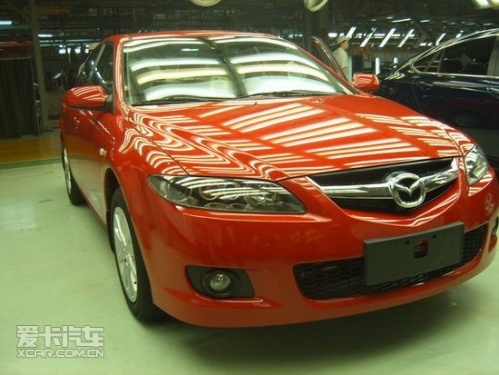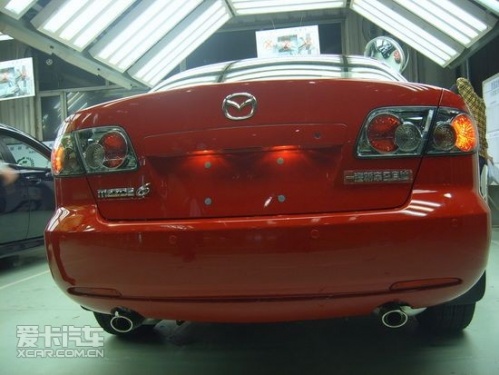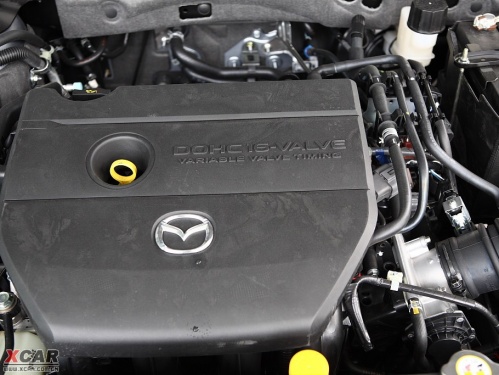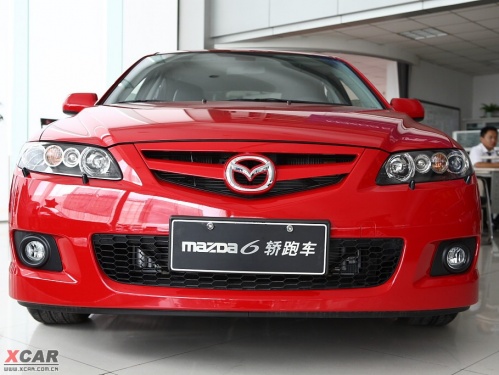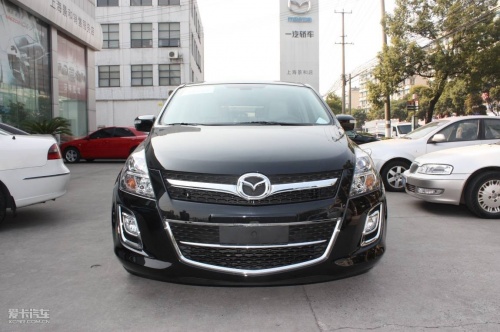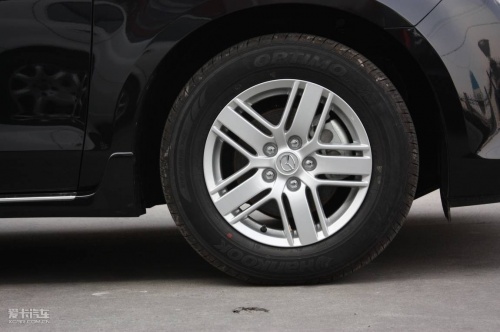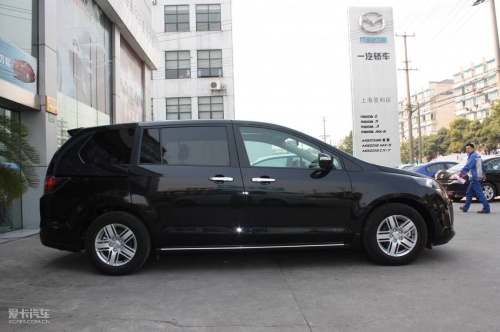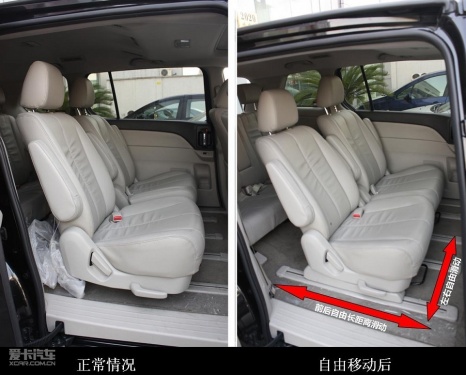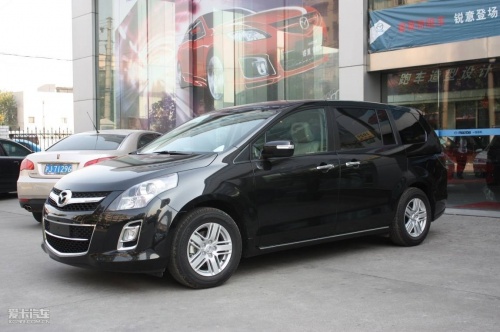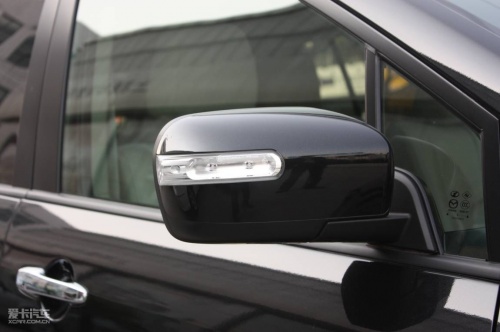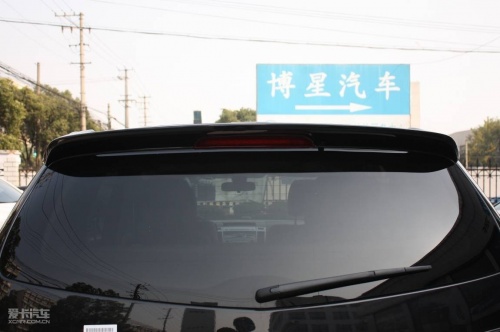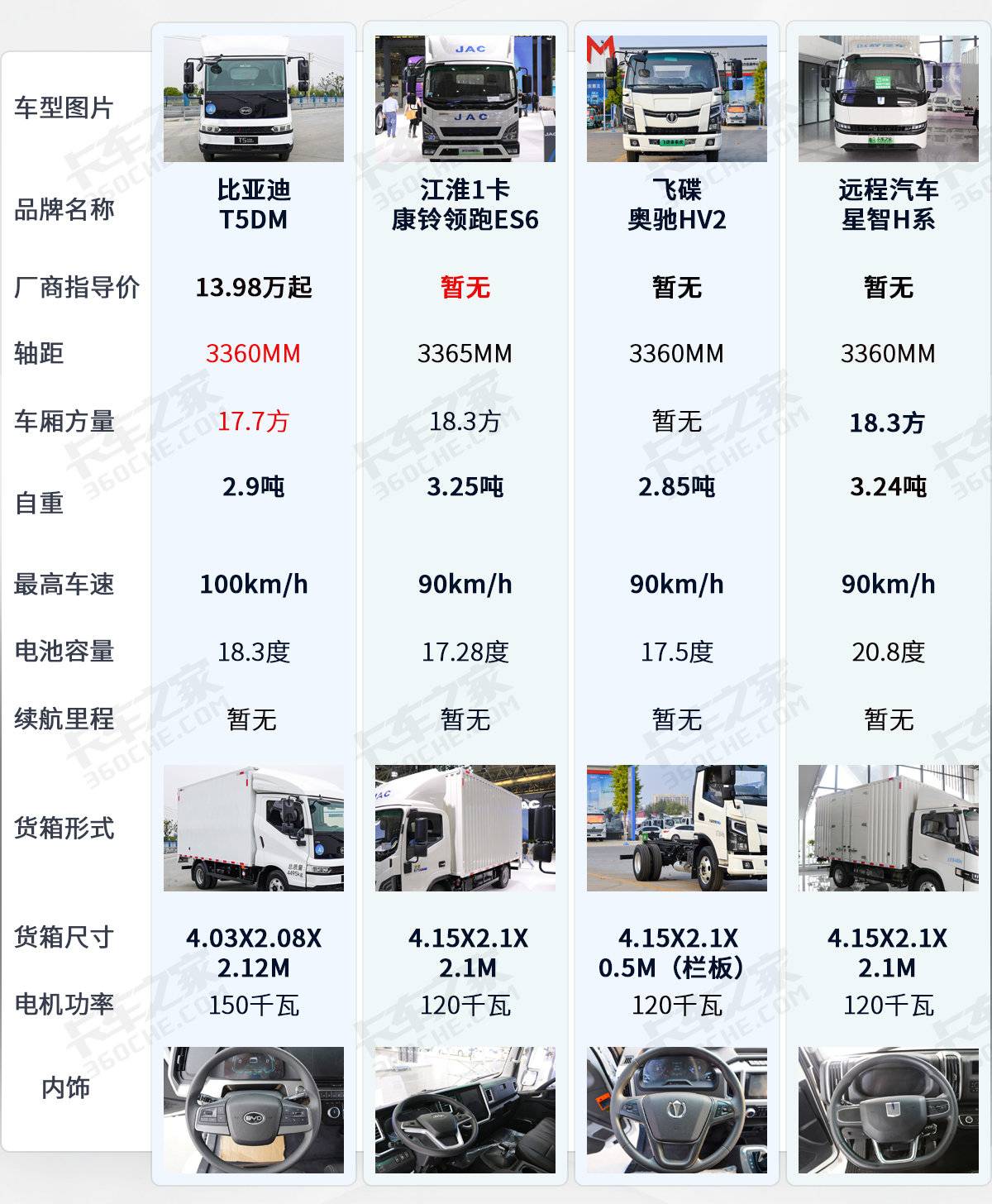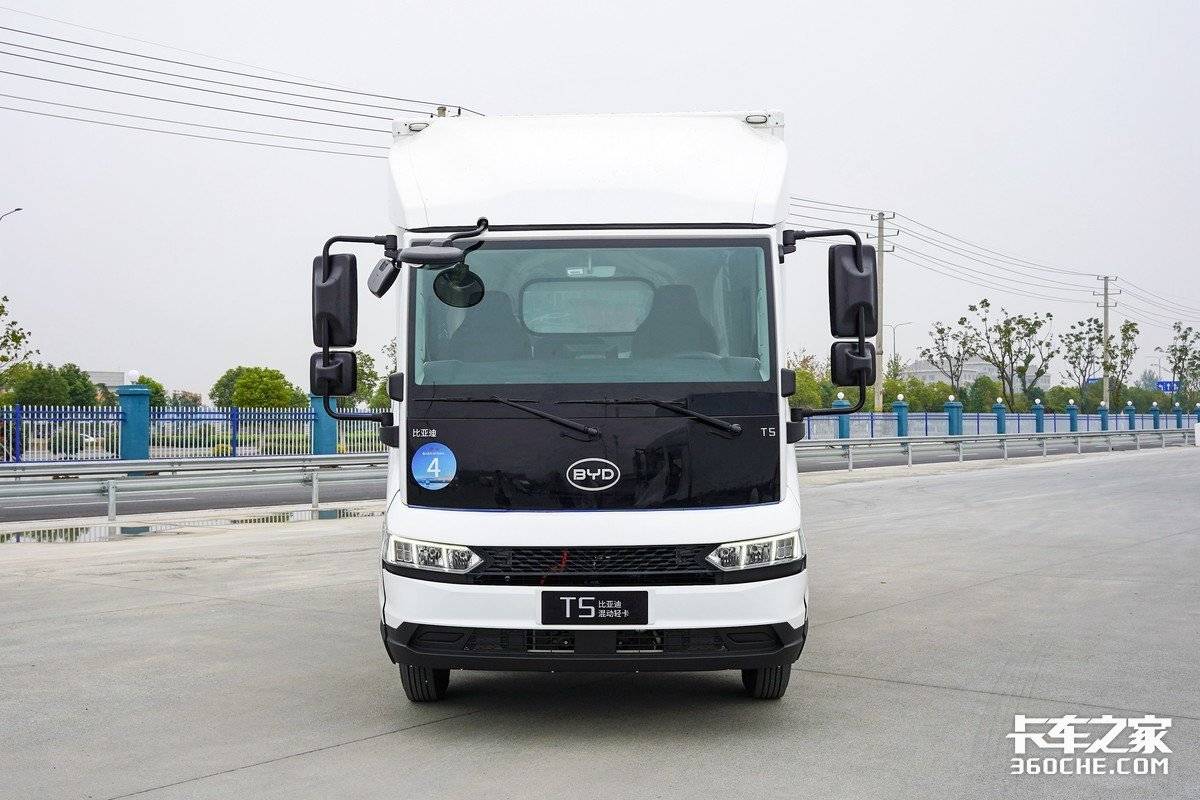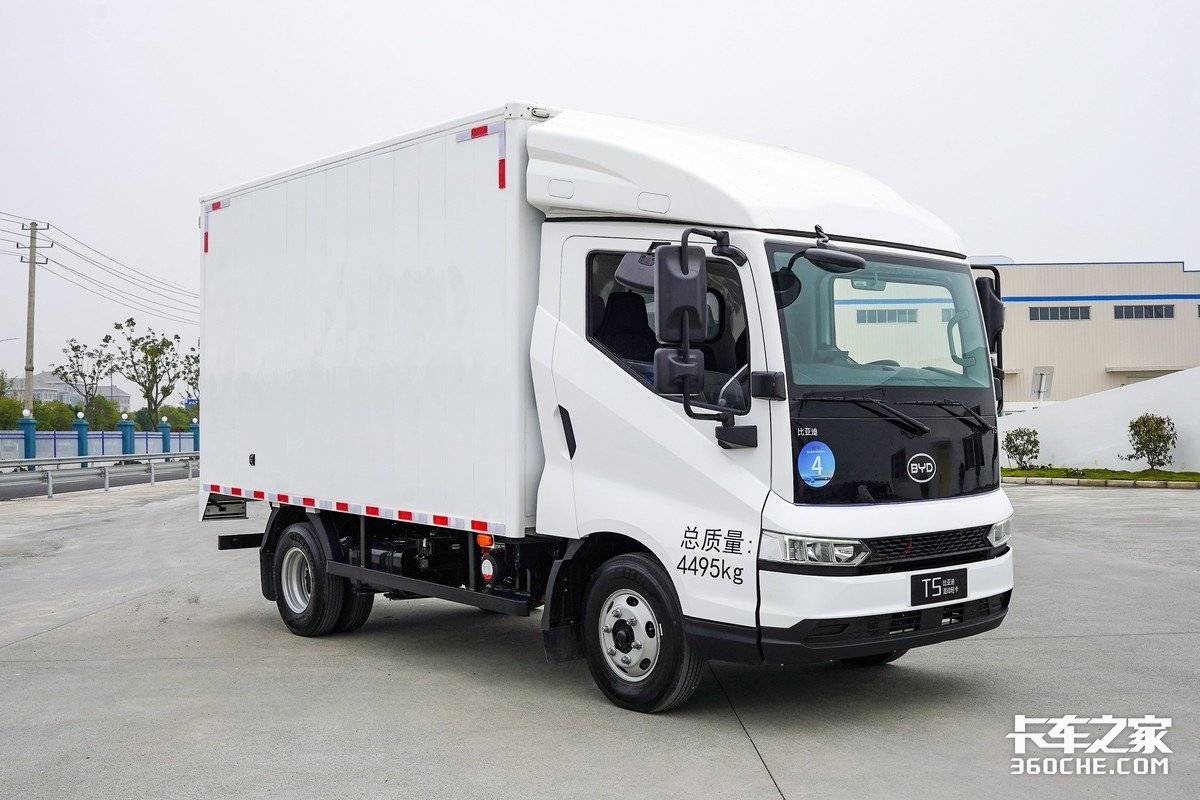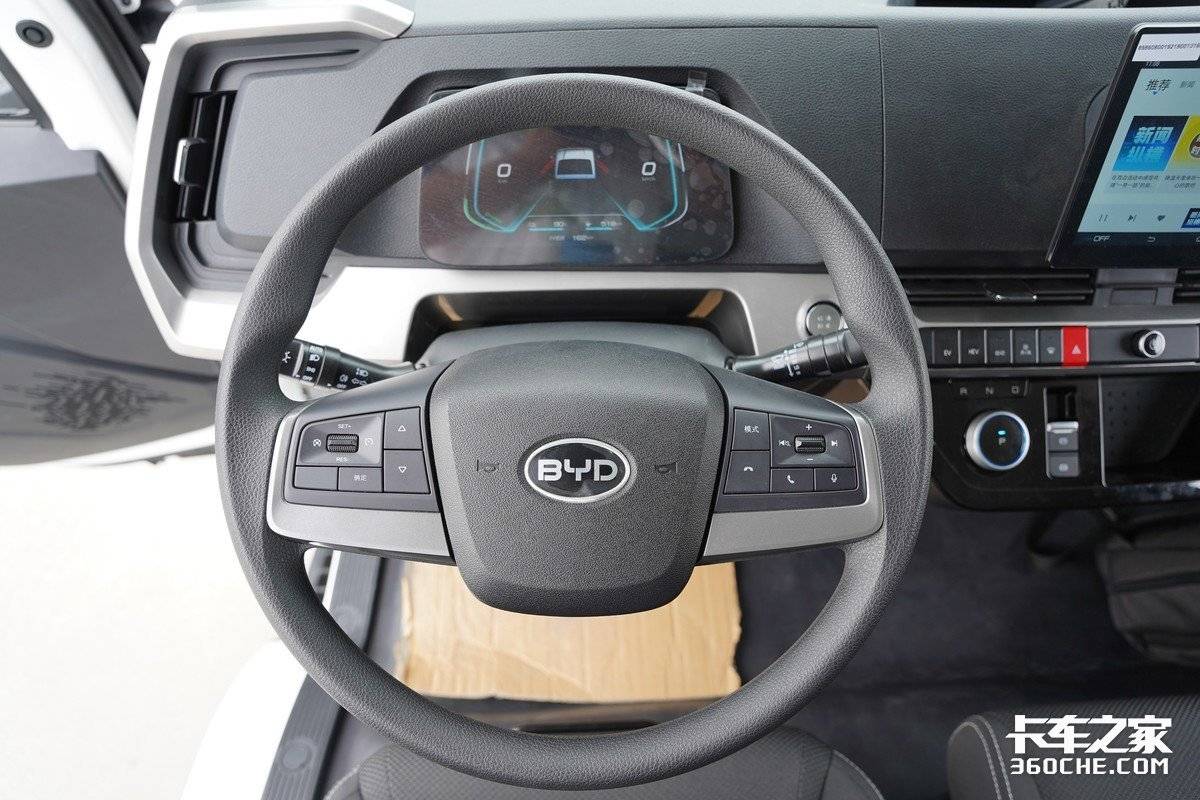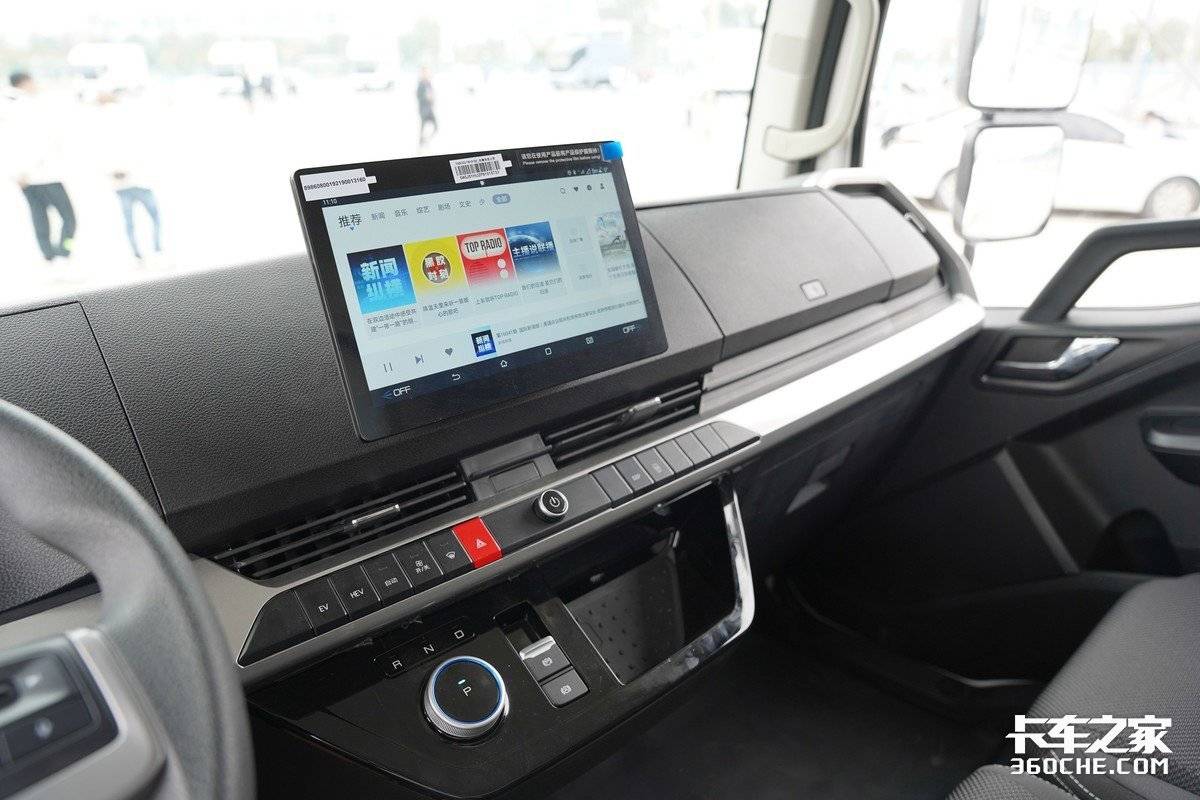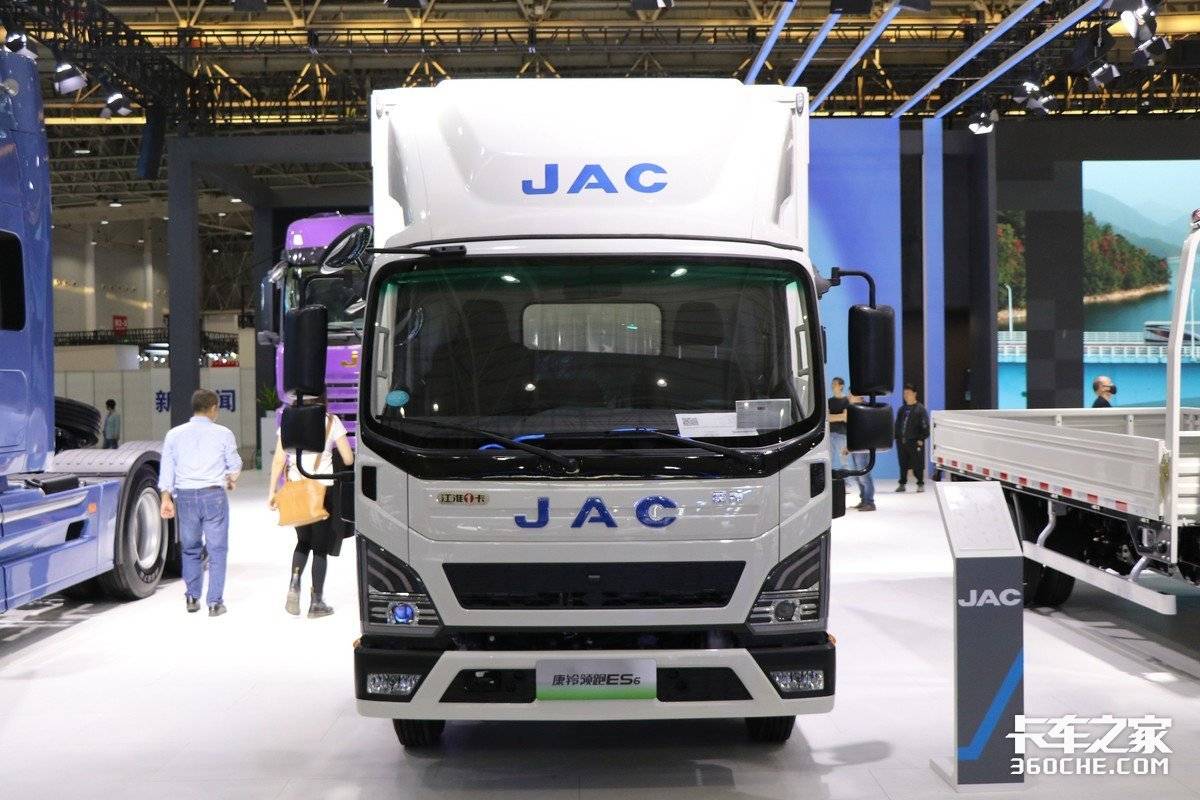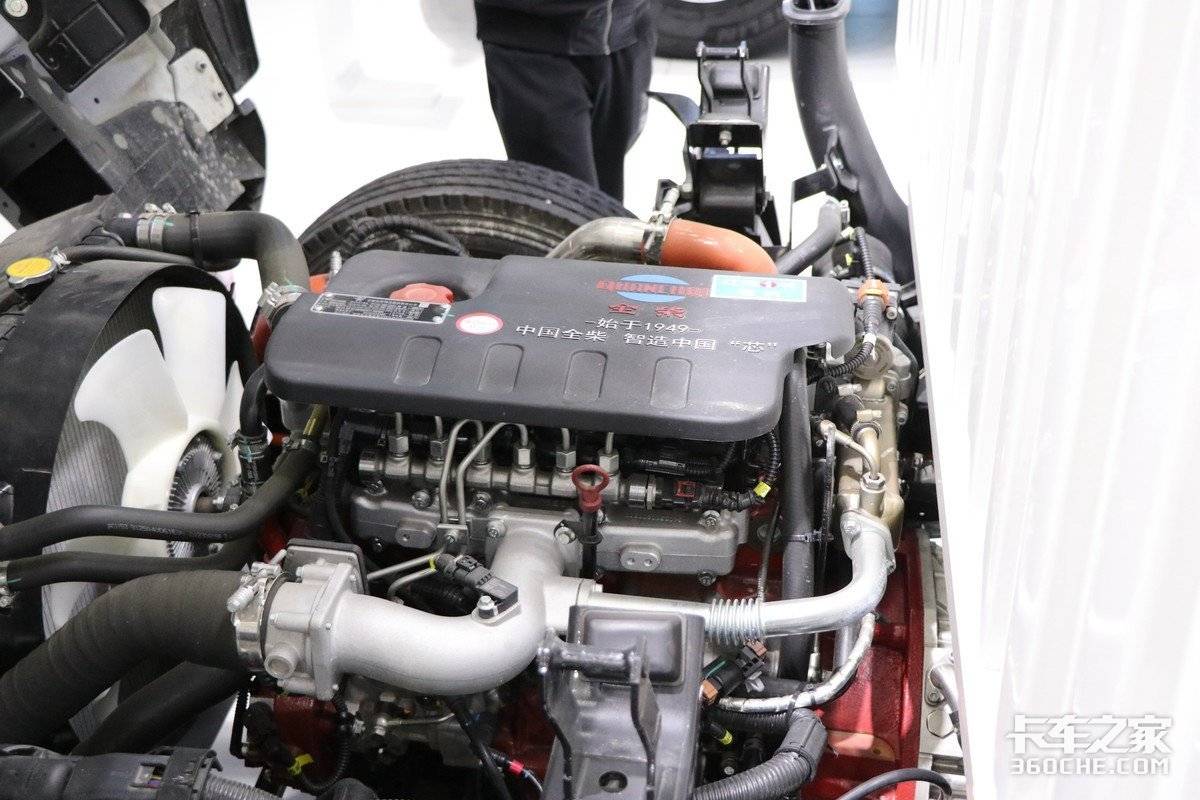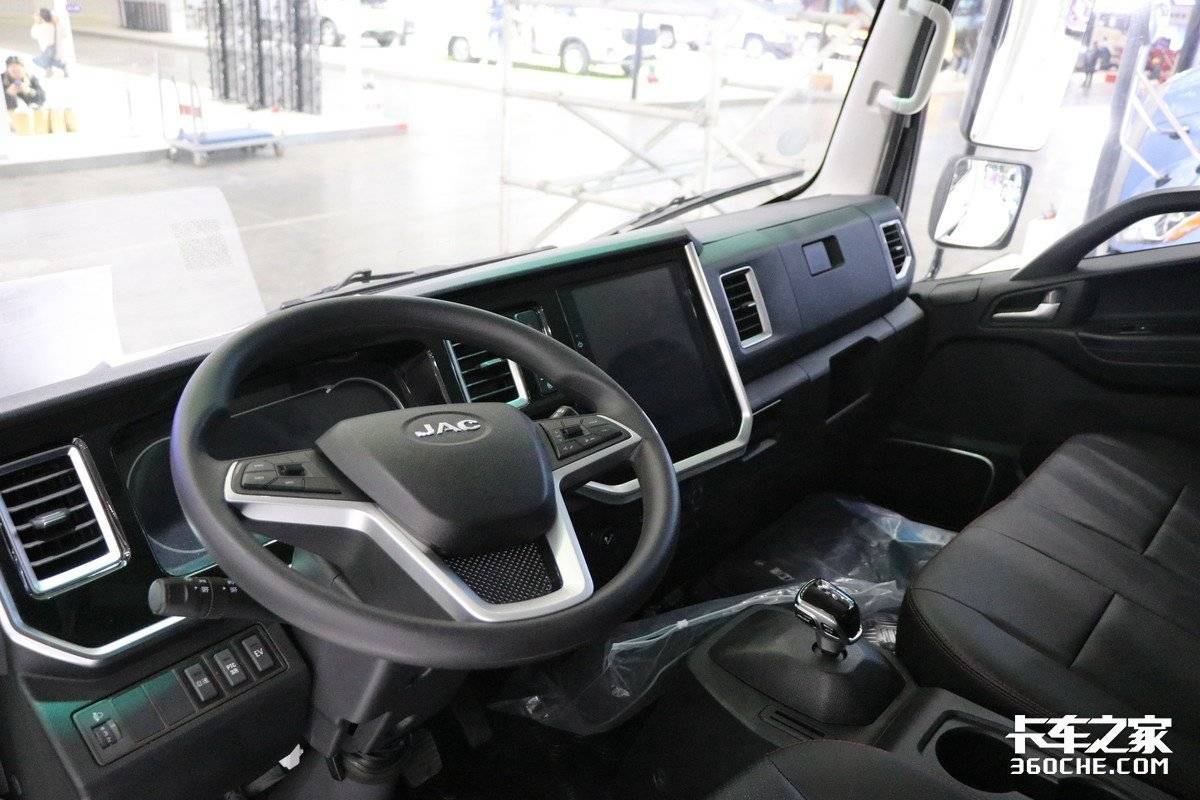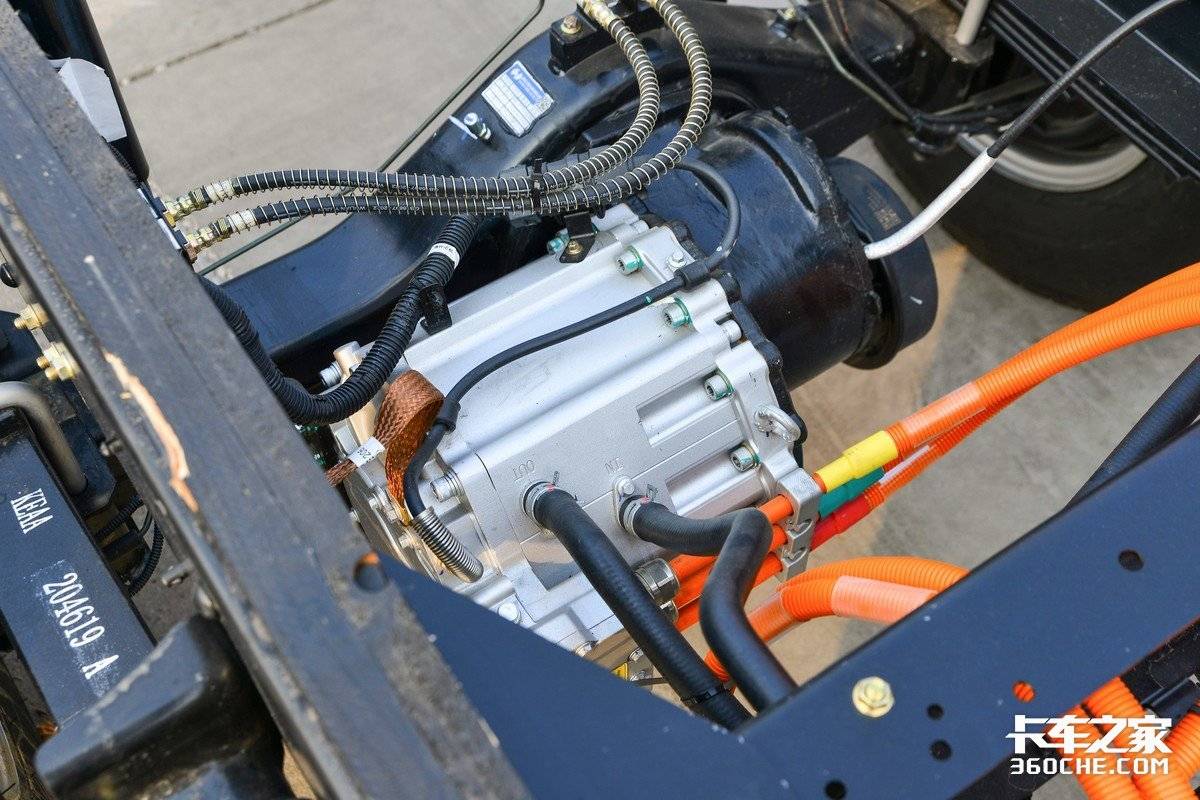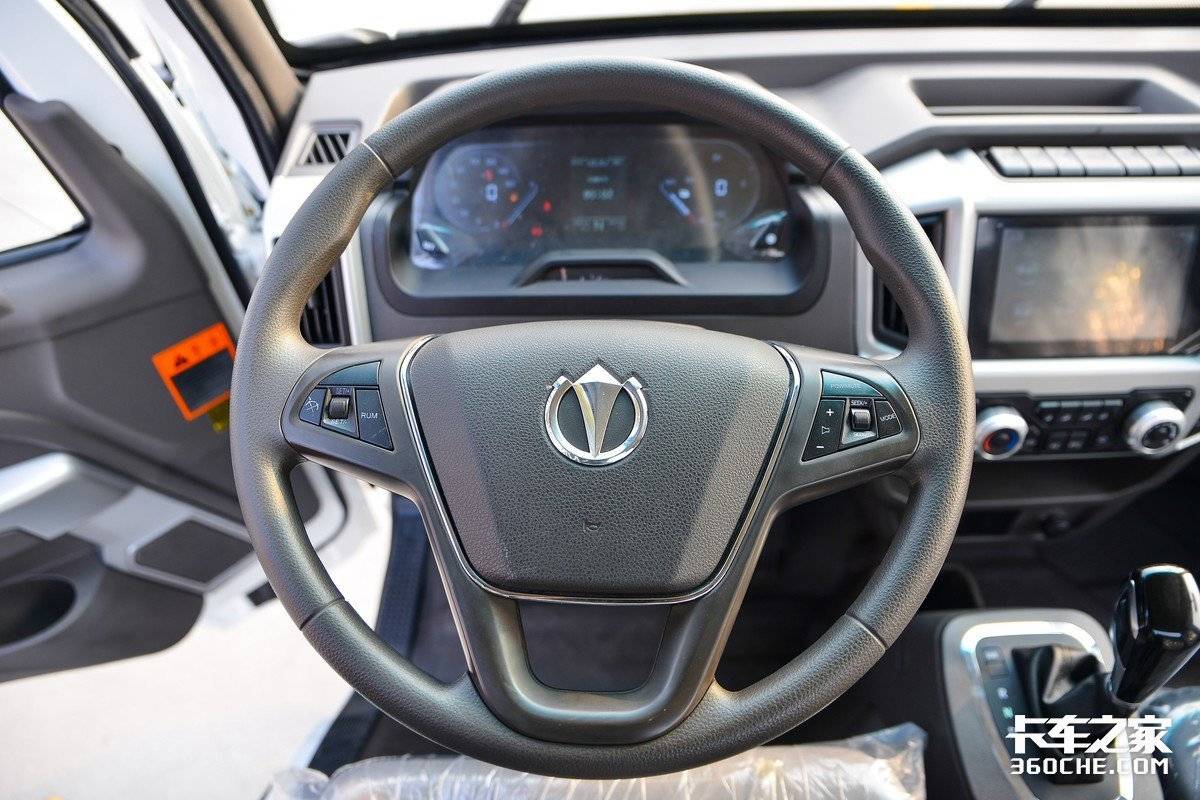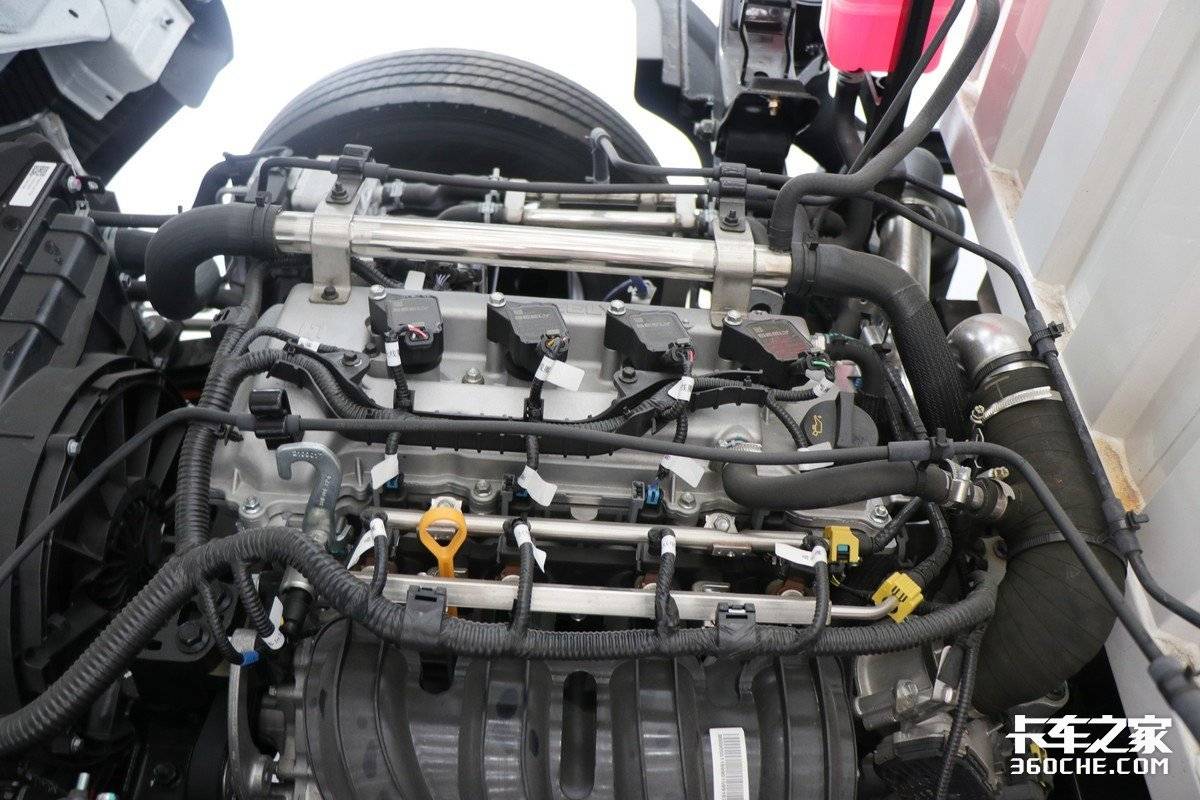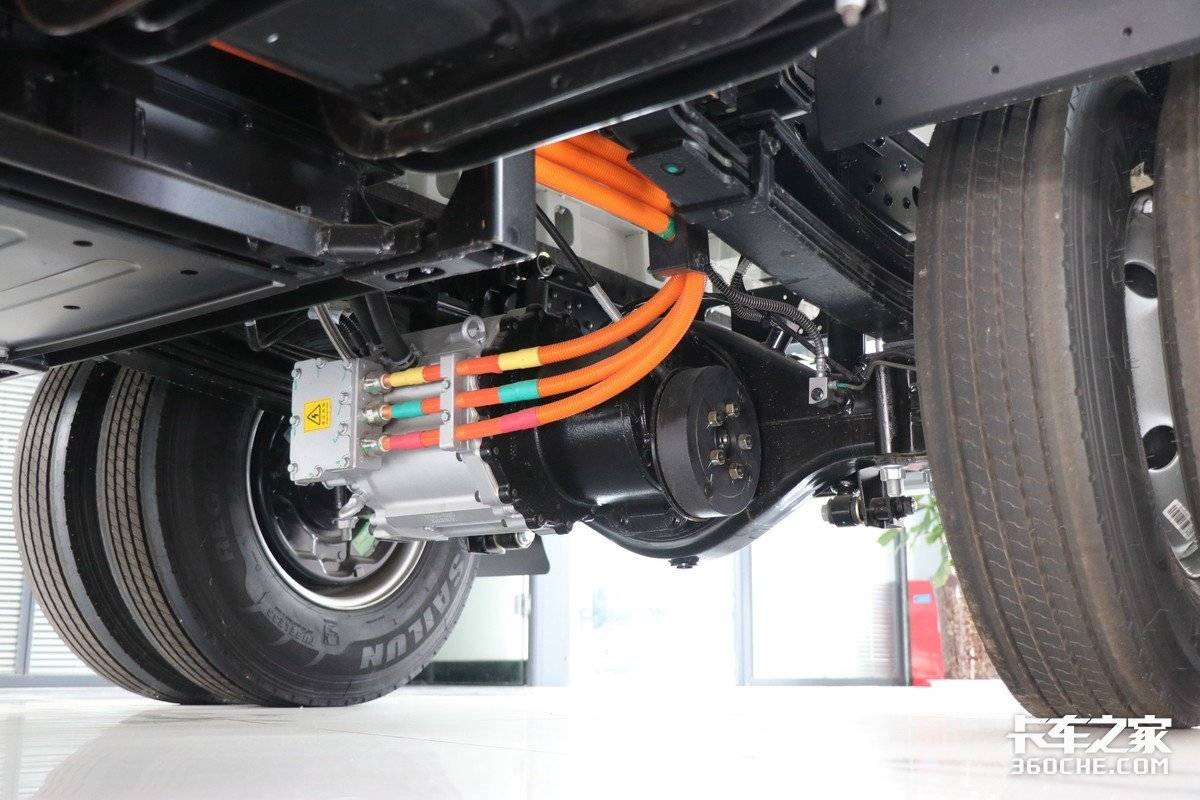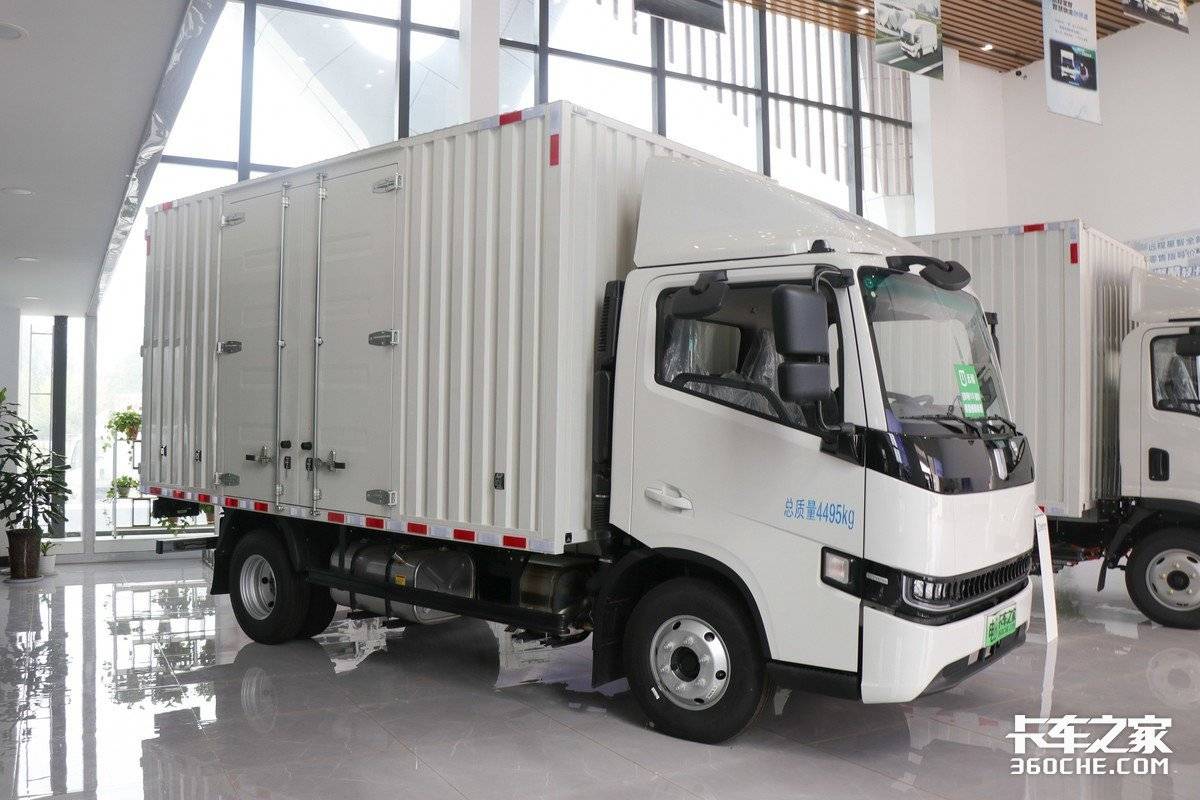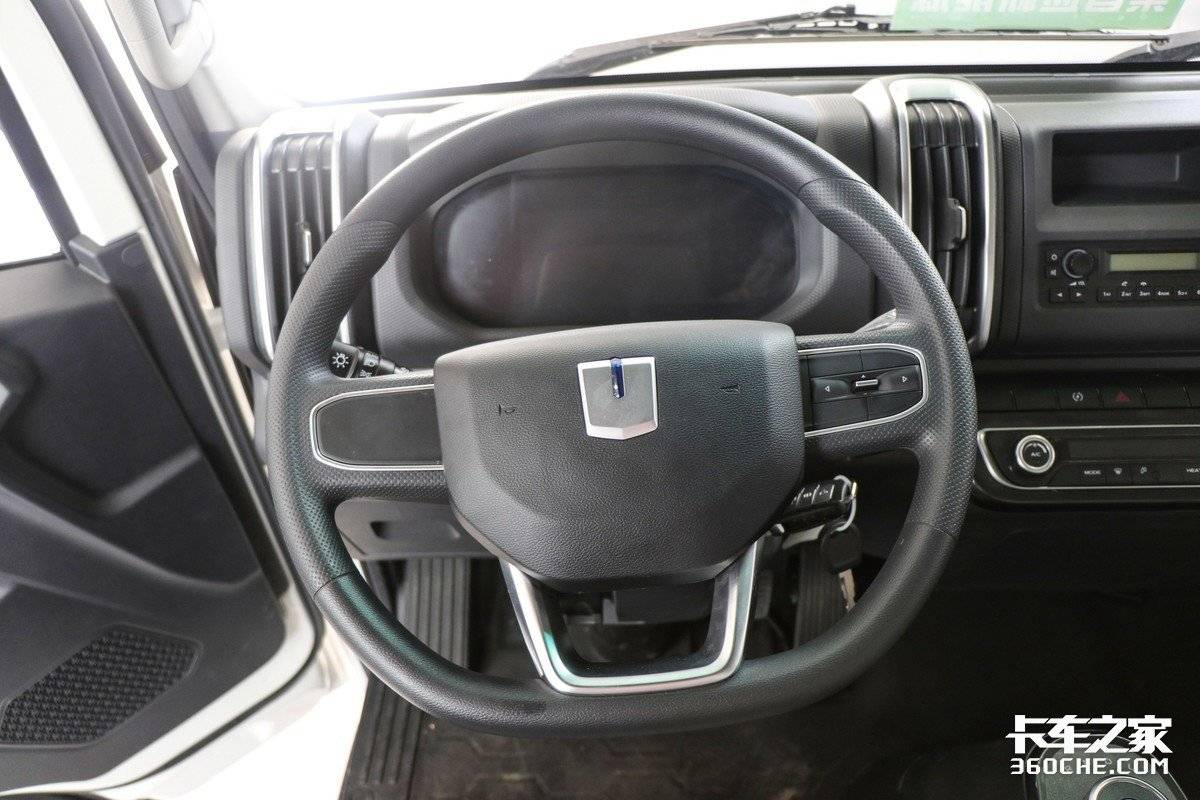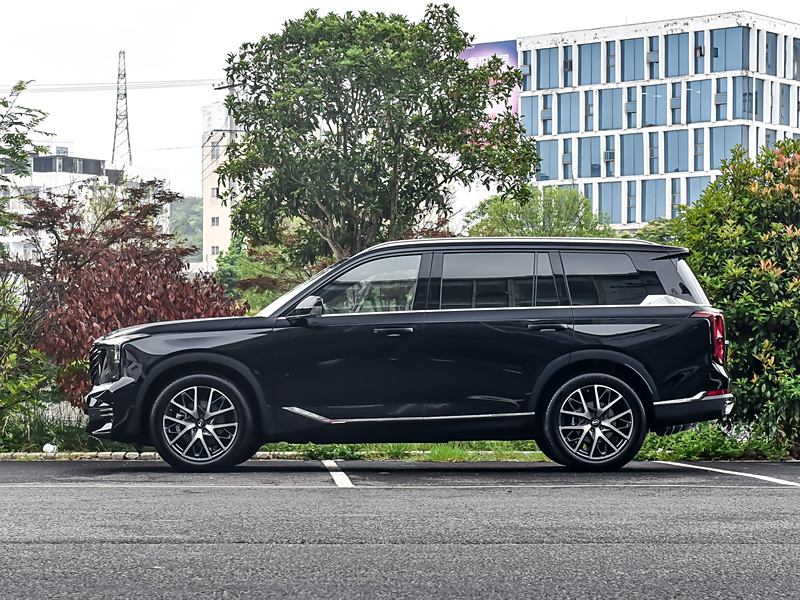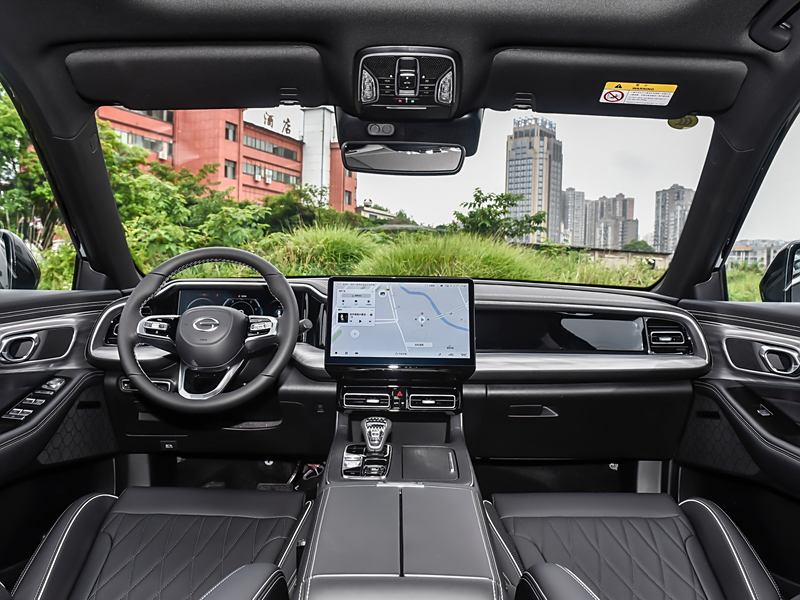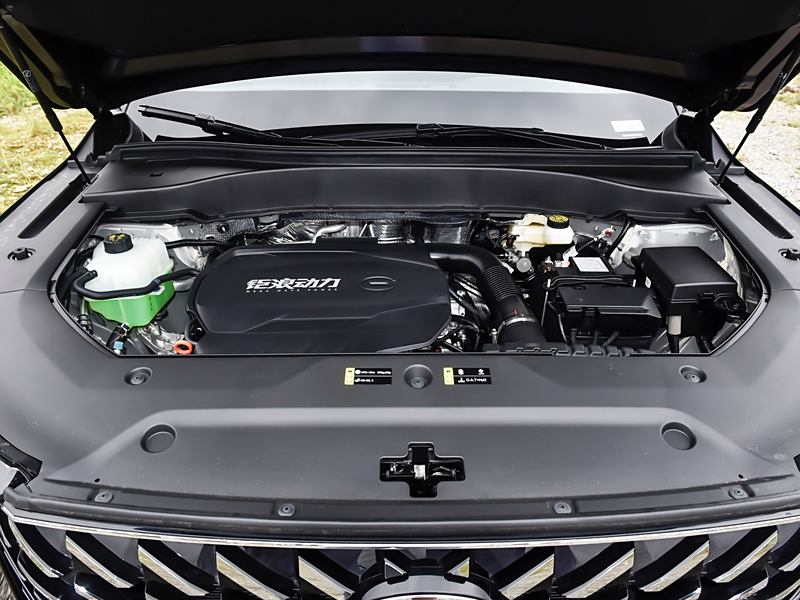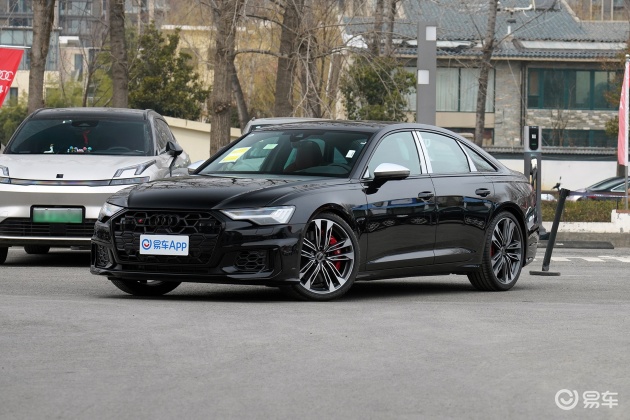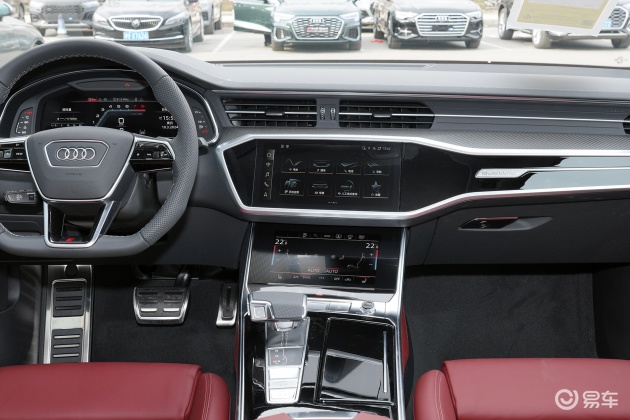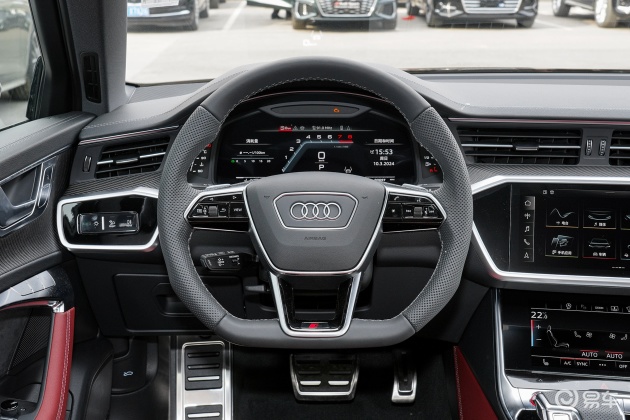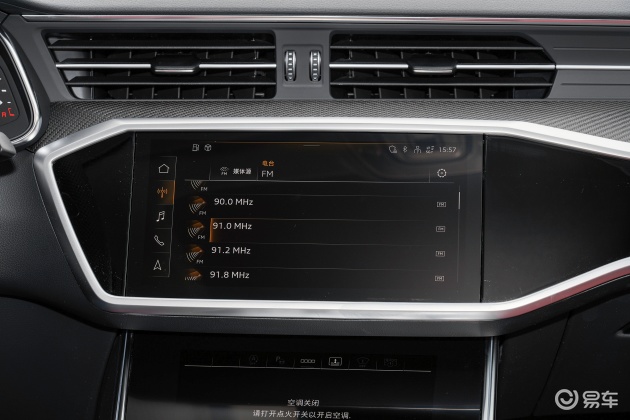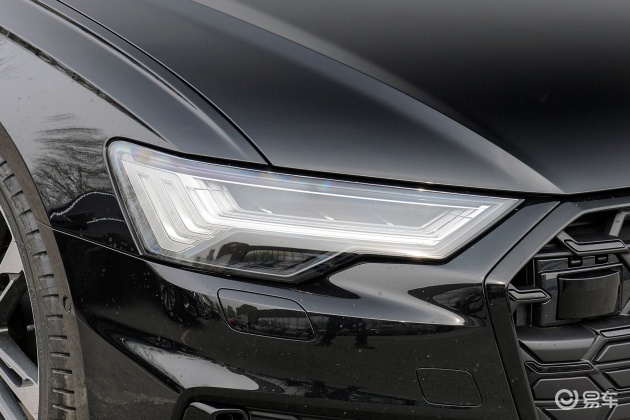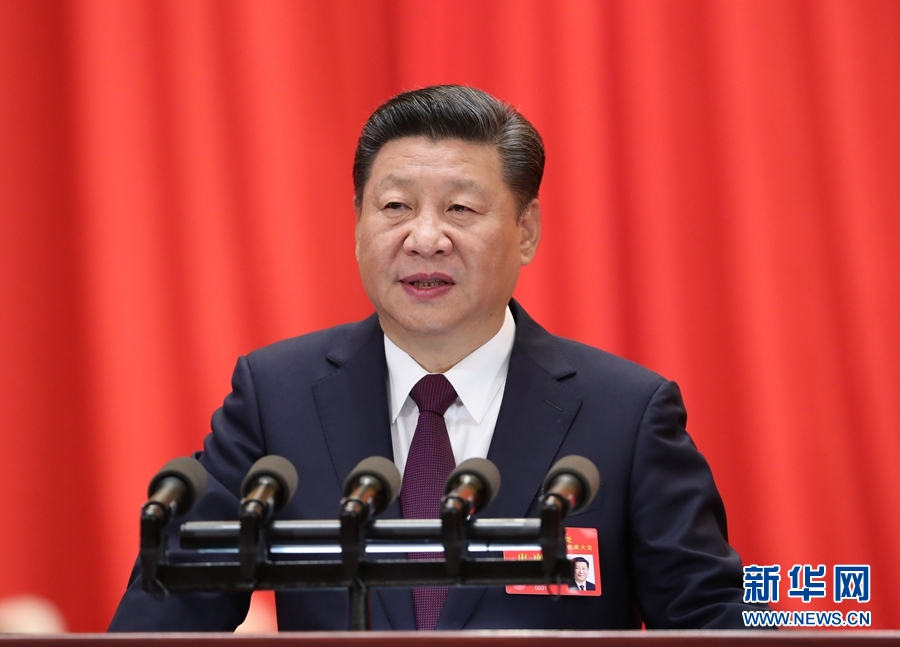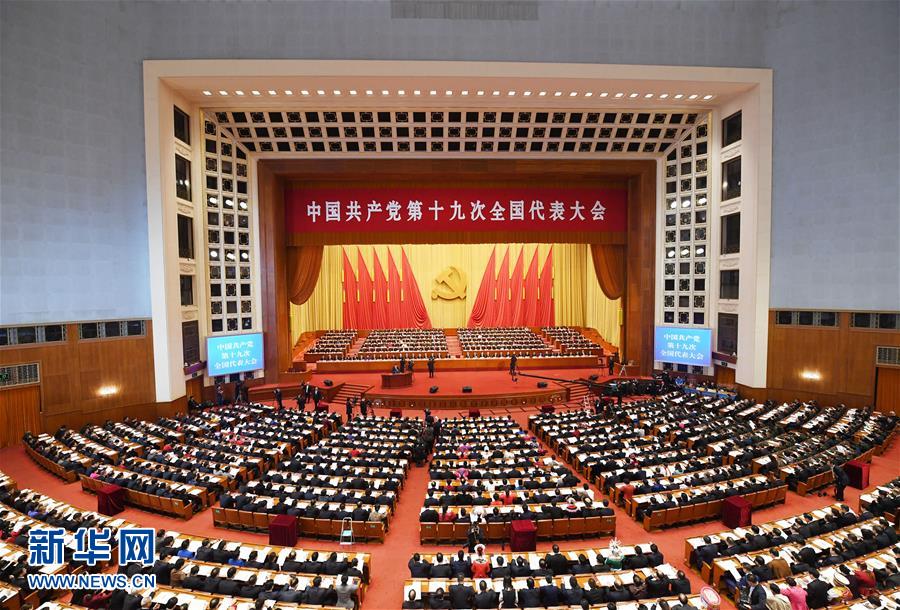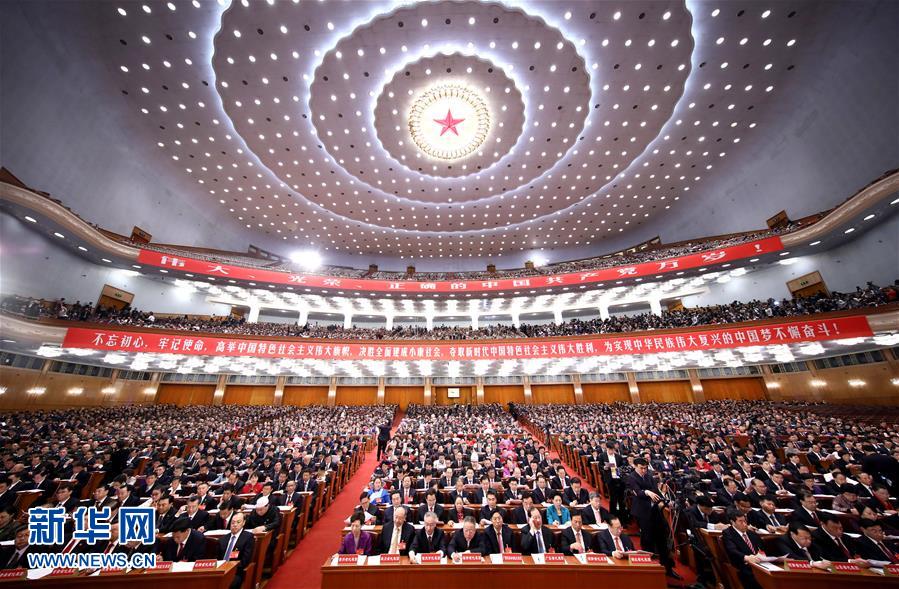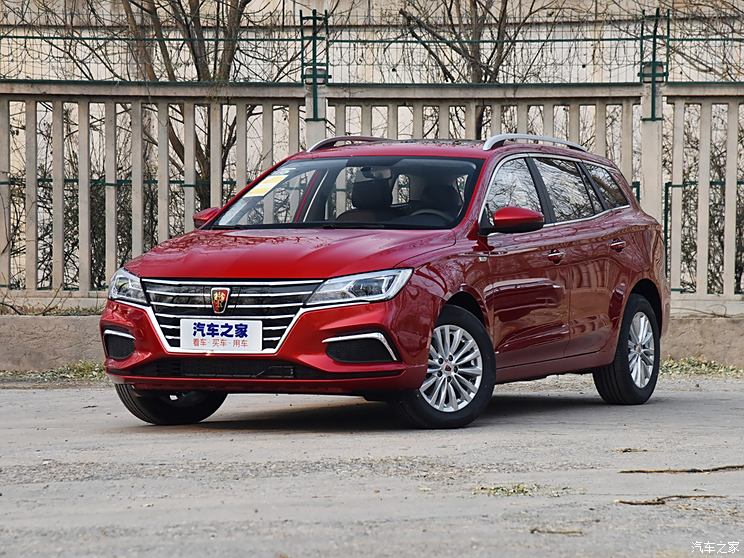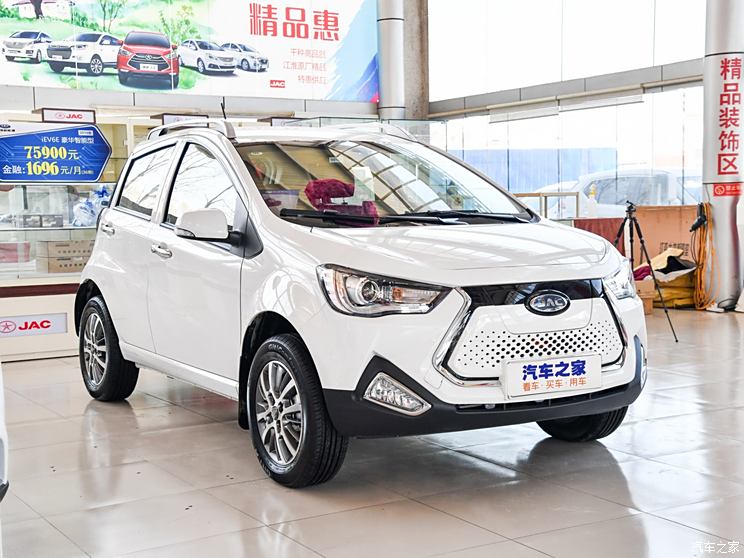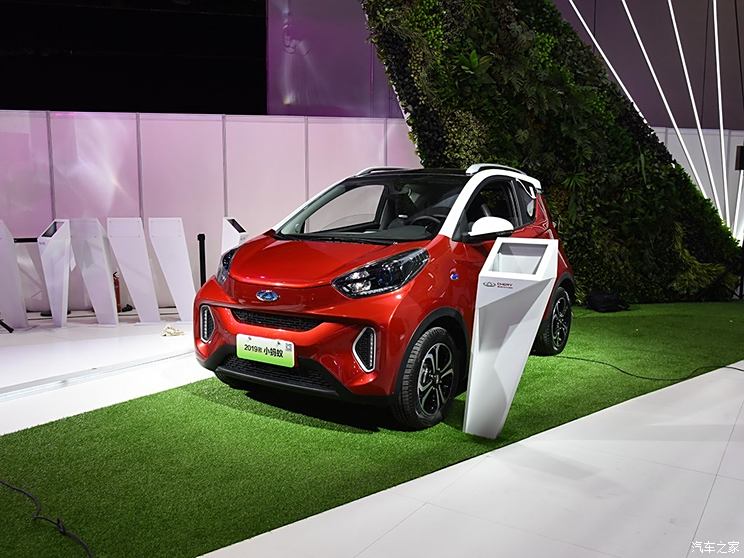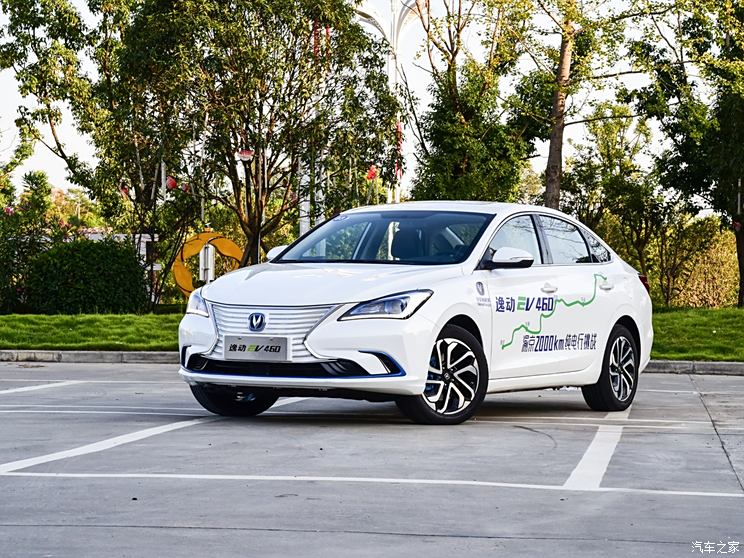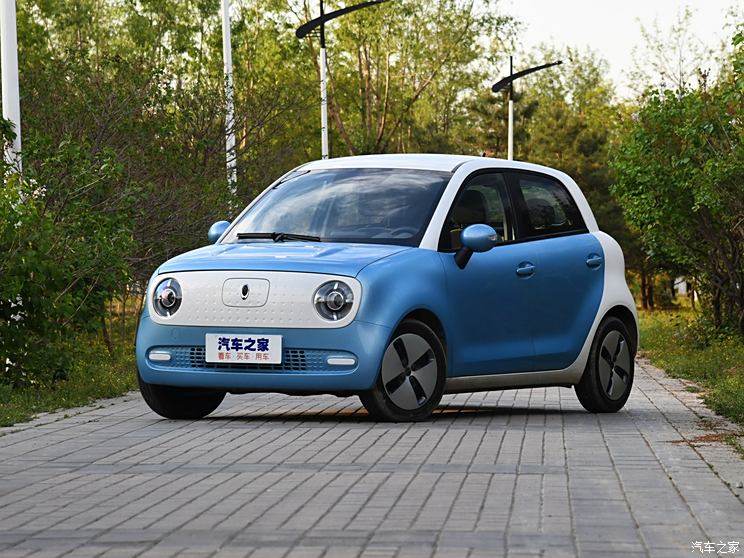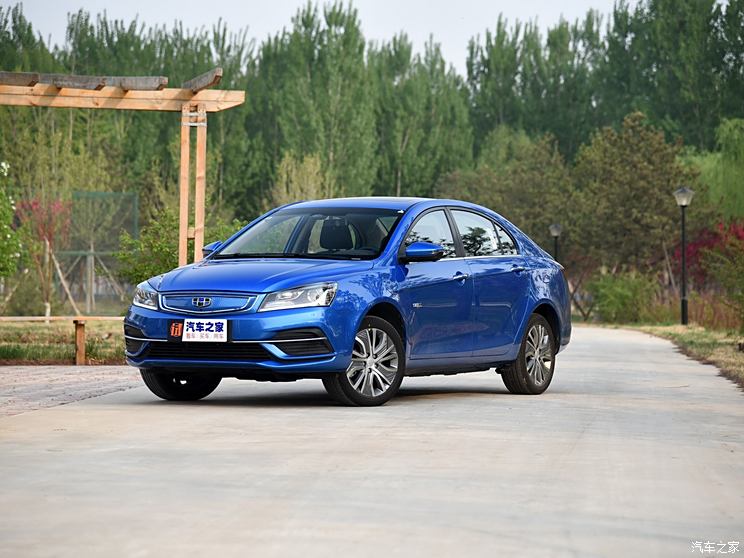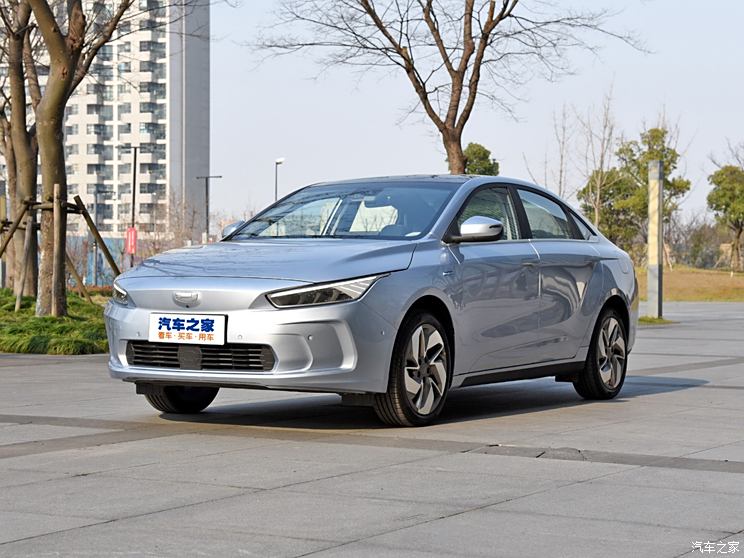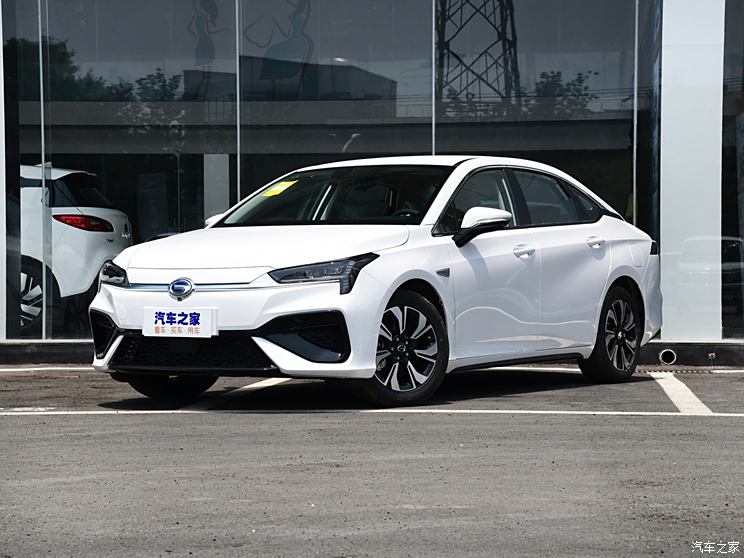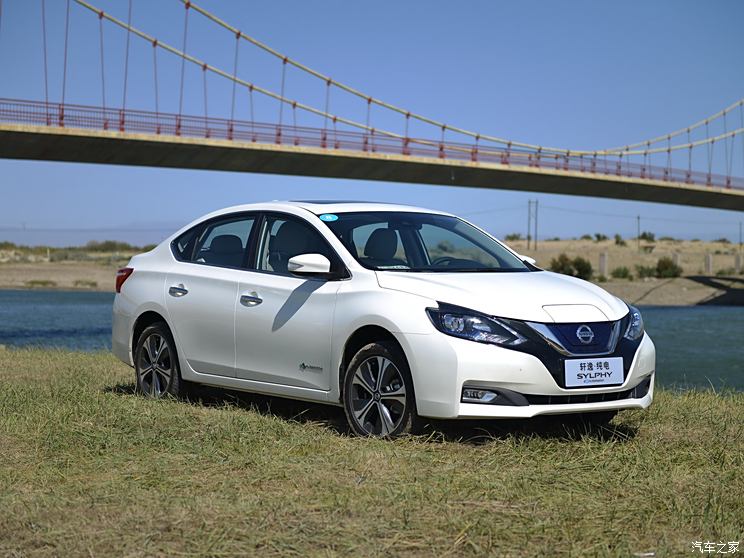Chang Shana: The Design Life of "Dunhuang Daughter"
On the stage of the Spring Festival Evening in February 2024, the creative program "Nianjin" made a stunning appearance. Four performers were dressed in Hanfu in the Han, Tang, Song and Ming Dynasties. In front of the camera, traditional patterns, such as dogwood patterns, Swiss lion patterns, peony patterns, laurel patterns and gourd patterns, were exquisitely presented, showing a different artistic charm.
this is93-year-old China contemporary arts and crafts artist, pattern scientist, art educator and designer Chang Shana.A newly completed work.
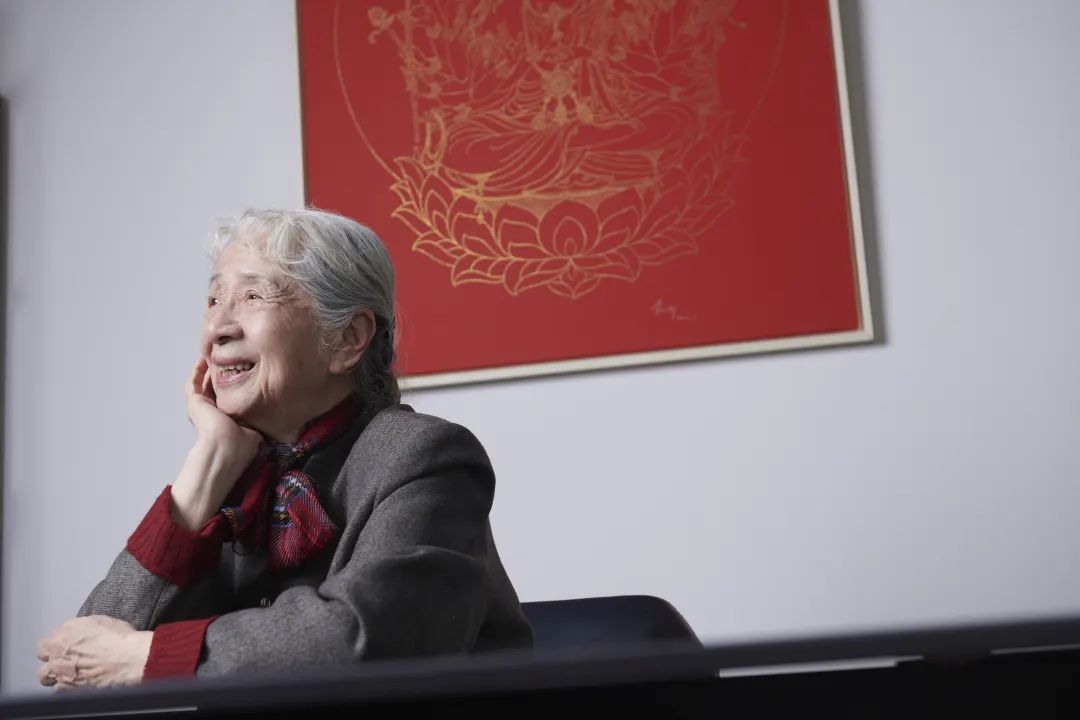
During the preparation of the program, the director invited Chang Shana as an art consultant, and the design team extracted all kinds of patterns from historical materials, arranged them by hand, and finally Chang Shana made hand-painted modifications.
"I am from Dunhuang, and my hometown is Dunhuang … …”Facing CCTV’s behind-the-scenes interview, Chang Shana said,"I like patterns very much. Every time I see them, it’s like seeing my old friends. I’ve been dealing with patterns all my life … …”
Dunhuang is the theme of Chang Shana’s design life. She grew up in Dunhuang, constantly drawing design inspiration from Dunhuang elements and running all her life to promote Dunhuang art. She is called"Daughter of Dunhuang Art"In 2019, she wonChina Federation of Literary and Art Circles“Lifelong achievement artist "honor.title.
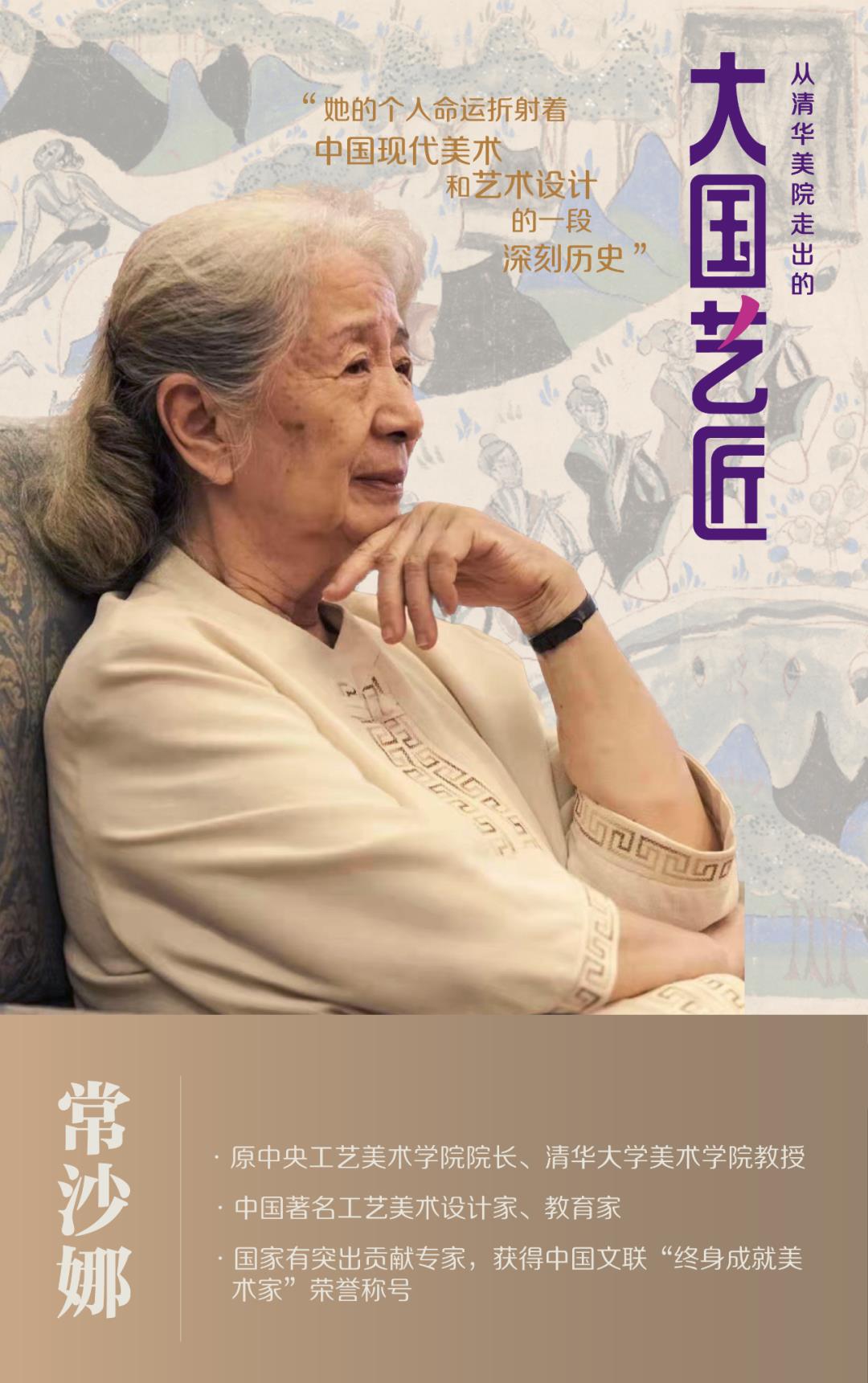
From Paris to Dunhuang
There is a river in Lyon, France, called La Saone.
In 1931, he studied at Lyon National Academy of Fine Arts.Chang ShuhongDecided to use the feminine French word Saone to name the newborn daughter, transliteration isShana.

In 1933, Chang Shana and his parents took a group photo in Paris.
One day in the autumn of 1935, Chang Shuhong found a set on the old bookstall on the Seine.The six major editions of Dunhuang Grottoes are the French sinologist Bo.hopeAnd the book, which was filmed in Dunhuang Grottoes in China.More than 300 photos of murals and sculptures, the creation of which spans thousands of years.
Chang Shuhong was shocked: "TheirThe brushwork is vigorous and powerful, the composition is magnificent and the characterization is vivid and powerful.His bold and unrestrained brushwork is even rougher than modern fauvism paintings … … "He later told Chang Shana that he had always admired European and Renaissance art, but he didn’t know it.The motherland has a thousand-year-old grotto art.He felt ashamed of it. From then on, he made up his mind to return to China to visit Dunhuang Grottoes.
In August 1942,"the countryMember of the Preparatory Committee of Dunhuang Art Research InstituteWill "Established, Chang Shuhong as deputy director. He finally had the opportunity to go to Dunhuang in person.
At the end of 1943, Chang Shana and his sister arrived in Dunhuang with their mother. Chang Shana went to visit in an ox cart."Thousand Buddha Cave" (hereinafter referred to as "Mogao Grottoes")She remembers that the sky was blue and the Daquan River in front of the Thousand Buddha Cave was frozen into a white glacier.
As soon as she entered the hole, she was fascinated at once."Under the sunlight from the cave entrance, there are so many murals and colored sculptures that have never been seen before, which are overwhelming and colorful … …”

A family of three lives in the Mogao grottoes.
The family lives in a room in the middle temple of the Thousand Buddha Cave. I ate the big pot rice in the canteen, and every meal must be accompanied by salt and vinegar to neutralize the local alkaline drinking water.
In Dunhuang, Chang Shana got up early every day, practicing calligraphy first, then learning French, and asked Dong Xiwen to tutor Chinese and Western art history, and Su Yinghui to tutor China art history. At the request of her father, she went to the cave to copy murals every day, just like adults.
"Dad asked me to start with objective copying and then take finishing copying as the standard.Visit all the key murals in the representative caves of the Northern Wei, Western Wei, Sui, Tang, Five Dynasties, Song and Yuan Dynasties.And understand the historical background of murals in copying, and accurately grasp the era style of murals in past dynasties. "Chang Shana said that she climbed into the cave on the centipede ladder every day, and when the morning sunlight came in directly, she lit up the colorful walls, and she began to paint cheerfully. In the desert, she practiced."I have no academic qualifications in the first stage of my artistic life.."
"National, scientific and popular"
From 1948 to 1950, Chang Shana was invited by Ye Lihua, a Canadian Jew, to study at the Art School of the Boston Museum of Art.. At the end of 1950, under the influence of progressive students studying in the United States, Chang Shana resolutely gave up his unfinished studies in the United States and returned home early.
The first thing she did when she returned to China, she assisted her father, Chang Shuhong, and held a party on the Wumen Gate Tower in Beijing.“Dunhuang Art Exhibition "In this exhibition, sheReceived Liang Sicheng and Lin Huiyin.After visiting the Dunhuang Art Exhibition, they decided to hire Chang Shana as the teaching assistant of the Arts and Crafts Teaching and Research Group of Tsinghua University Construction Department. It was also from then on that she embarked on the road of arts and crafts and art design.

Prepare for "Dunhuang Art Exhibition"
In the construction department of Tsinghua University, Chang Shana accompanied Lin Huiyin to visit cloisonne, porcelain-burning and other craft factories that were on the verge of closure at that time.A number of novel patterns with national style and convenient production were designed..
In 1952, the "Asia-Pacific Regional Peace Conference" was held in Beijing. Under the guidance of Lin Huiyin, Chang Shana designed a silk headscarf with the pattern of Dunhuang algae wells as a gift for delegates from various countries.
In 1953, Chang Shana was transferred to the Department of Practical Fine Arts of the Central Academy of Fine Arts.In 1956, the Central Academy of Arts and Crafts (now Tsinghua University Academy of Fine Arts) was established and Chang Shana was transferred to the Department of Dyeing and Weaving.Teaching basic courses of pattern and dyeing and weaving design.

In 1996, Chang Shana delivered a speech at the "Art Design Exhibition of Central Academy of Arts and Crafts".
From 1958 to 1959, in order to celebrate the 10th anniversary of the founding of New China, Premier Zhou Enlai personally directed the construction of "Top Ten Buildings" in Beijing, and the Great Hall of the People was one of them.
"The Great Hall of the People will become the focus of political activities, which not only reflects the representatives of hundreds of millions of people discussing state affairs, but also reflects the form with China national style and the new content of building socialism under the leadership of the Communist Party of China after the founding of New China." Chang Shana recalled. Under the leadership of Lei Guiyuan, then vice president of the Central Academy of Arts and Crafts, sheParticipated in the whole process of architectural decoration design of the Great Hall of the People.. She upholds "Make the past serve the present and make foreign things serve China"Based on the design policy, combined with the consideration of structure, lighting, sound and other factors, after repeated deliberation, the design scheme of the dome light of the Great Hall of the People — — The dome light of the Great Hall, which accommodates 10,000 people, is centered on the red five-star and surrounded by radial sunflower petals, forming a group of dome light patterns symbolizing that "hundreds of millions of people are facing the light".

The great hall of the people banquet hall tianding light-decoration
Premier Zhou Enlai once suggested that the design of the Great Hall of the People should reflectThe principle of "national, scientific and popular". This has also become the artistic concept that Chang Shana pursues all his life..
From 1983 to 1998, Chang Shana was the president of the Central Academy of Arts and Crafts.In 1994, she presided over the design.The Central People’s Government presented the Hong Kong Special Administrative Region with the commemorative sculpture "Forever Blooming Bauhinia". The sculpture should be "permanent, commemorative and artistic", which should not only reflect the meaning of the commemorative sculpture given by the central government, but also take into account the meaning and form that Hong Kong is willing to accept. Chang Shana recounted that in early 1997, she and her team made a field trip in Hong Kong and found that there were many bauhinia trees all over the street. "I was really excited to see bauhinia everywhere: bauhinia is the regional flower of Hong Kong, and isn’t it also a blooming bauhinia on the regional emblem of Hong Kong?" She took many photos of Bauhinia and drew many sketches, and the prototype of the sculpture scheme came into being. The design and production lasted for half a year, and the full-scale bauhinia sculpture with a height of 9.29 meters was completed. Chang Shana deeply touched:“‘Forever blooming bauhinia ’ It will stand permanently in the square of Hong Kong Convention and Exhibition Center and become a historical symbol and memorial of Hong Kong’s return to the motherland. From this, we can comfort our predecessors again. "

Commemorative sculpture "Forever Blooming Bauhinia"
Don’t forget that you are from Dunhuang.
Chang Shuhong once wrote to Chang Shana and said, "Shana, don’t forget that you are ‘ Dunhuang people ’ 。” She practiced this sentence all her life. She copied and created tens of thousands of Dunhuang art works and tirelessly publicized Dunhuang civilization to the world.
In 1959, Chang Shana, Li Mianlu and Huang Nengfu used their summer vacation to go to the Mogao Grottoes to copy and sort out murals and colorful figures and costumes, and sorted them out altogether.Three hundred and twenty-eight color pictures. Limited by the conditions of the times, these materials were not published until 1986 and were namedDunhuang Costume Patterns of Past Dynasties.
In 2003, Chang Shana, who had retired, went to Dunhuang with four graduate students and compiled and painted.Decorative Patterns of Dunhuang in China in Past DynastiesA book.
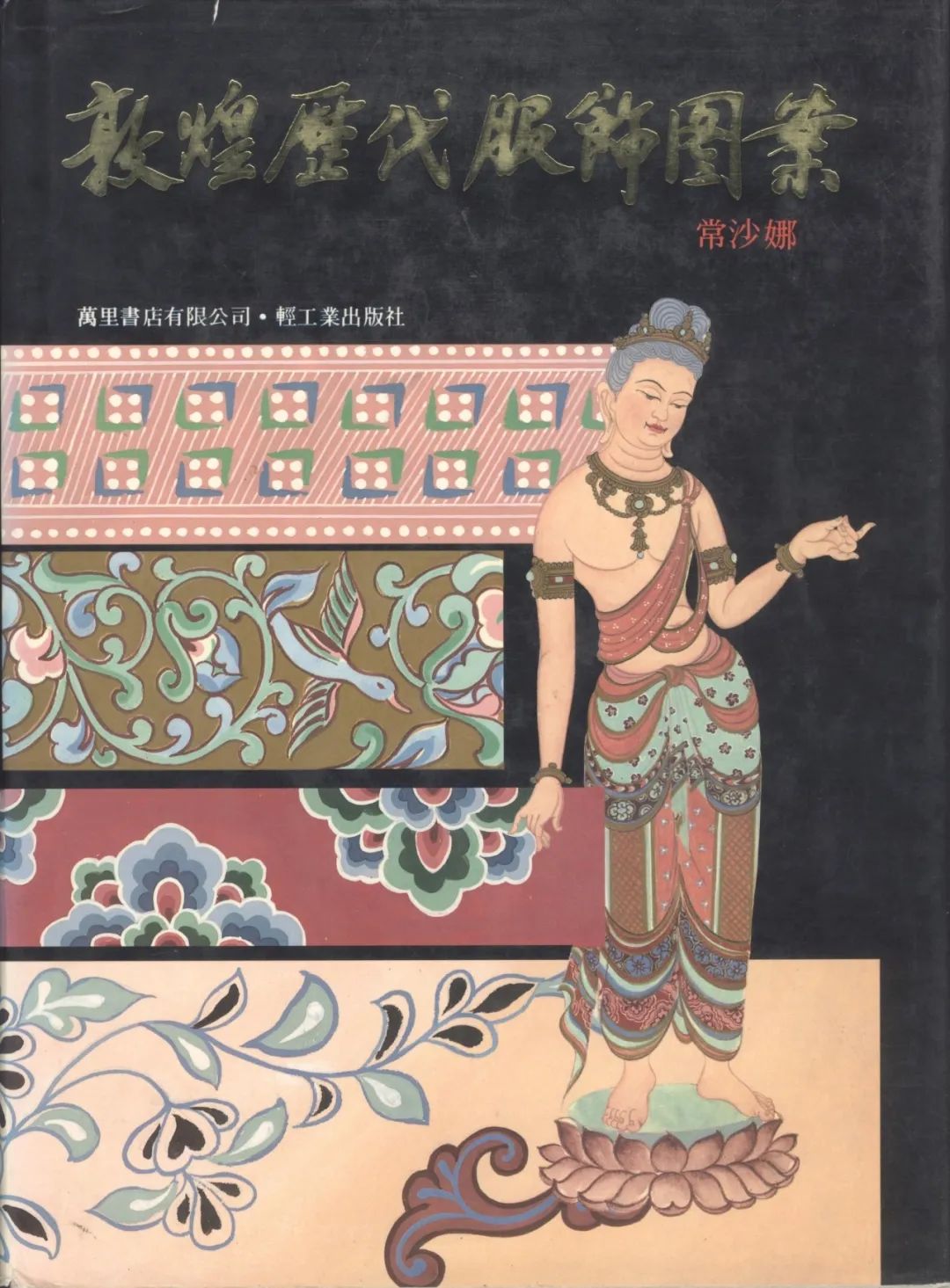

In 2014, she began to holdThe world tour of "Blooming Dunhuang" shows and analyzes the pattern art of Dunhuang to people.Let Dunhuang elements enter a more popular world … …
In 2019, Chang Shana wonChina Federation of Literary and Art Circles“Lifelong achievement artist "Title, the award speech reads: "As the daughter of Dunhuang art, Chang Shana bears the change of the times of the organic combination of Dunhuang art research and modern art design with her special experience … …”
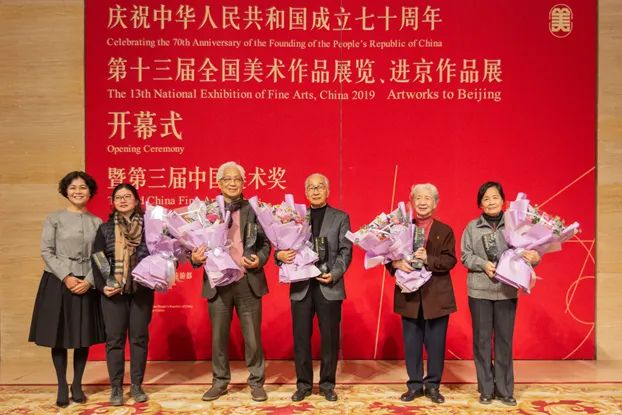
Chang Shana (second from right) won the honorary title of "Lifelong Achievement Artist" of China Federation of Literary and Art Circles.
In 2021, the first session was hosted by Gansu Provincial Department of Culture and Tourism and Tsinghua University Academy of Fine Arts."Chang Shana Design Award"The competition was launched, and based on the Silk Road culture and Dunhuang art patterns, outstanding design works were collected for global design talents.
In October, 2023, Chang Shana returned to Dunhuang Mogao Grottoes, awarded the "Chang Shana Design Award" and also visited his father’s grave.At the gate of Dunhuang Research Institute in Gansu, Chang Shana and Fan Jinshi met. They shook hands and took photos, and had a good talk. Chang Shana whispered a French sentence to Fan Jinshi: "C’est la vie. (This is life)." Two elderly people, who have been guarding the land of Dunhuang all their lives, said goodbye to each other.

In 2017, Chang Shana went to the warehouse of the French Ji Mei Museum and saw "The Image of Shana".
My son Cui Donghui said that in the past two years, my mother’s life has slowed down. She gets up early every day, but she is no longer in a hurry, just sitting in a comfortable chair, reading, listening to the news and dozing off. When you rise, you still have to draw pictures, silently drawing some patterns of grottoes restoration, which are someThe pattern engraved in her mind..
Occasionally, she will sing French nursery rhymes, as if recalling the deepest part of her memory. Dunhuang is the most frequently mentioned, and she and her son also said,The place I miss most in my life is Dunhuang..
